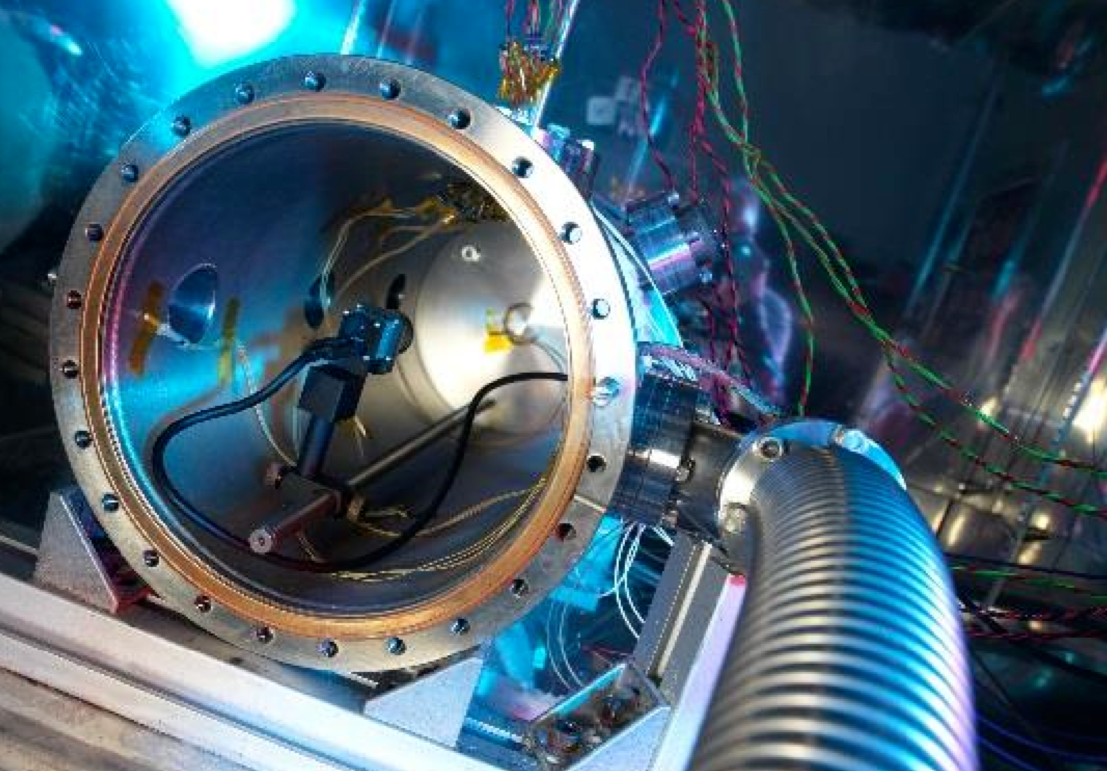

Thermal imaging has become a potent and adaptable instrument with many uses in the world of contemporary technology. Thermal imaging has transformed several sectors, from finding heat leaks in buildings to identifying wildlife at night. Let us go through a comprehensive review of thermal imaging, including its fundamentals, practical uses, and wide-ranging effects on industries including the military, healthcare, and more.
The basic idea behind thermal imaging is to identify and see the infrared radiation that objects release as a result of their temperature. Thermal imaging equipment can detect the infrared radiation that any item generates when its temperature is higher than absolute zero. These tools, often referred to as thermal or infrared cameras, employ unique sensors to translate this radiation into visual pictures, with every temperature level being represented by a particular color or shade.
Numerous industries employ thermal imaging extensively, particularly in preventive maintenance. It assists in identifying overheated parts of machinery, electrical systems, and pipes in the industrial sector. Businesses may avoid expensive failures and cut downtime by spotting these abnormalities early. Thermal imaging is an essential tool in the field of energy conservation since it is also critical for building inspections, revealing insulation problems, and water leaks, and pinpointing regions of heat loss or gain.
The ability to detect anomalies in the human body via thermal imaging has proven beneficial in the medical industry. It is referred to as thermography, and it helps with blood flow evaluation, inflammatory identification, and early diagnosis of breast cancer. Thermal imaging is a non-invasive, radiation-free alternative to conventional diagnostic techniques.
The use of thermal imaging has revolutionized military and defense applications. Soldiers can work in dimly lit or completely dark environments using thermal imaging-based night vision equipment. It improves situational awareness and safety. Additionally, the development of guided missiles, monitoring systems, and border security all make use of thermal imaging.
Thermal imaging is essential in search and rescue efforts. It helps lost people in dangerous or distant areas to be found, and firefighters use it to find victims in smoke-filled buildings. Thermographic imaging can locate survivors hidden behind rubble even in crisis like earthquakes or avalanches.
Thermal imaging has transformed wildlife studies and conservation initiatives. It is used by biologists to investigate animal behavior, detect migratory trends, and keep an eye on endangered species. Thermal imaging lessens the disruption to animal populations by offering a discrete and non-intrusive method of observation.
Thermal imaging is a large and constantly evolving arena. It has applications across many different industries ranging from healthcare to defense. These applications have had a revolutionary effect on these industries. We may anticipate far more varied uses for thermal imaging as technology improves and becomes more widely available, which will help us view and comprehend the environment in a new light. Thermal imaging has established itself as a crucial tool in our modern toolbox, whether it is used to protect our infrastructure, save lives, or preserve our natural environment.
In the modern business landscape, maintaining robust connectivity across devices and equipment provides invaluable visibility…
It is normal to think of dark web monitoring from the perspective of the company…
The Evolution of Inventory Tracking RFID inventory management software is transforming how businesses track, manage,…
The Unexpected Costs of Unprotected Windshields Polaris Ranger windshields protection is more than just a…
Probably one of the best things people do to secure their finances is the purchase…
The iPhone 15 is still a great buy Released in 2023, the iPhone 15 brought…